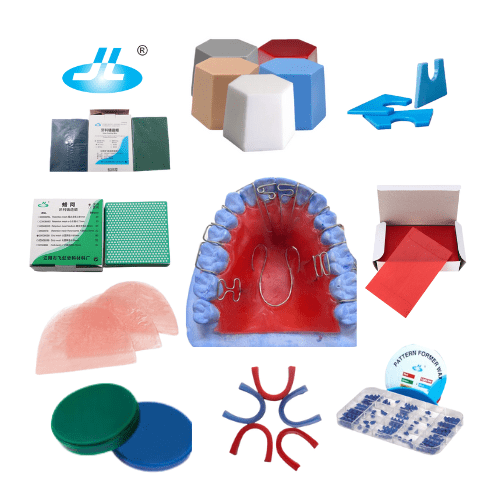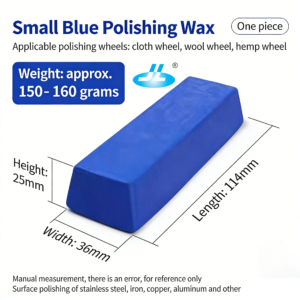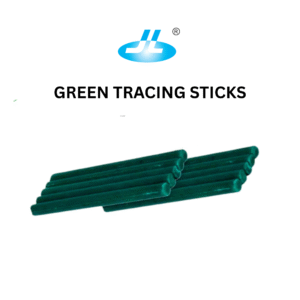Why Dental Waxes are Used in Dentistry
Dental waxes play a pivotal role in modern dentistry, serving as indispensable materials in various dental procedures and applications. These waxes, specifically formulated for dental use, offer a plethora of benefits, from diagnostic purposes to creating precise dental prosthetics. In this article, we will delve into the reasons why dental waxes are widely used in dentistry and explore their diverse applications in the field.
What are Dental Waxes?
Dental waxes are a group of materials specifically designed for dental applications. They are typically composed of a blend of natural waxes, synthetic waxes, and other additives to achieve the desired properties. These waxes are formulated to be soft and pliable at a certain temperature, allowing dental professionals to manipulate and shape them according to specific dental requirements.
Types of Dental Waxes



There are several types of dental waxes, each serving distinct purposes:
Utility Wax: Utility wax is the most commonly used dental wax. It comes in various forms, such as sheets, sticks, and ropes. Dental practitioners use utility wax for various applications, including orthodontic purposes, to provide relief from sharp or irritating edges of dental appliances like braces and dentures.
Baseplate Wax: Baseplate wax is employed for creating the base or foundation of dentures. Dental technicians use it to establish the initial form of the denture and make any necessary adjustments before proceeding to the final prosthetic fabrication.
Casting Wax: Casting wax is used in the process of creating dental restorations like crowns, bridges, and inlays. Dental professionals create a wax pattern that represents the final restoration, which is then used in the casting process to form the metal framework.
Sculpting Wax: As discussed in the previous article, sculpting wax is utilized to create intricate dental prostheses, including dentures, crowns, bridges, and orthodontic appliances. Its malleability and ease of manipulation make it an excellent choice for detailed dental work.
The Applications of Dental Waxes in Dentistry
- Diagnostic Purposes: Dental waxes are often used for diagnostic wax-ups, a process in which dental professionals create a wax model of a patient’s teeth or dental restoration. This diagnostic wax-up allows both the dentist and the patient to visualize the proposed treatment plan, making it easier to discuss and refine the final outcome.
- Denture Fabrication: Baseplate wax is instrumental in the initial fabrication of dentures. It helps in creating the baseplate that fits the patient’s mouth, forming the foundation for the denture teeth.
- Crown and Bridge Preparation: Dental waxes are integral to the creation of crown and bridge restorations. Dentists use casting wax to produce a wax pattern of the final restoration, which is then invested and cast into metal or fabricated using other materials.
- Orthodontic Adjustments: Utility wax is widely used in orthodontics to provide temporary relief from braces and orthodontic appliances’ discomfort. The wax is placed on any sharp edges or irritating areas to prevent irritation and soreness in the patient’s mouth.
Advantages of Dental Waxes
Versatility: Dental waxes offer versatility, accommodating a wide range of dental applications, from minor adjustments to complex prosthetic creations.
Ease of Use: Dental waxes are user-friendly and can be manipulated by both dental professionals and technicians with relative ease, contributing to their widespread use in dental practices.
Cost-Effective: Dental waxes are generally affordable, making them a cost-effective option for dental labs and clinics.
Biocompatibility: Dental waxes are biocompatible, meaning they are safe for intraoral use and do not cause adverse reactions in patients.
Conclusion
Dental waxes are essential materials in modern dentistry, offering numerous advantages and applications. From diagnostic wax-ups to the fabrication of complex dental prosthetics, dental waxes provide dental professionals with the tools they need to deliver precise and personalized patient care. As technology continues to advance, dental waxes remain a fundamental and indispensable component of dental practice, supporting the pursuit of optimal oral health and patient satisfaction.




